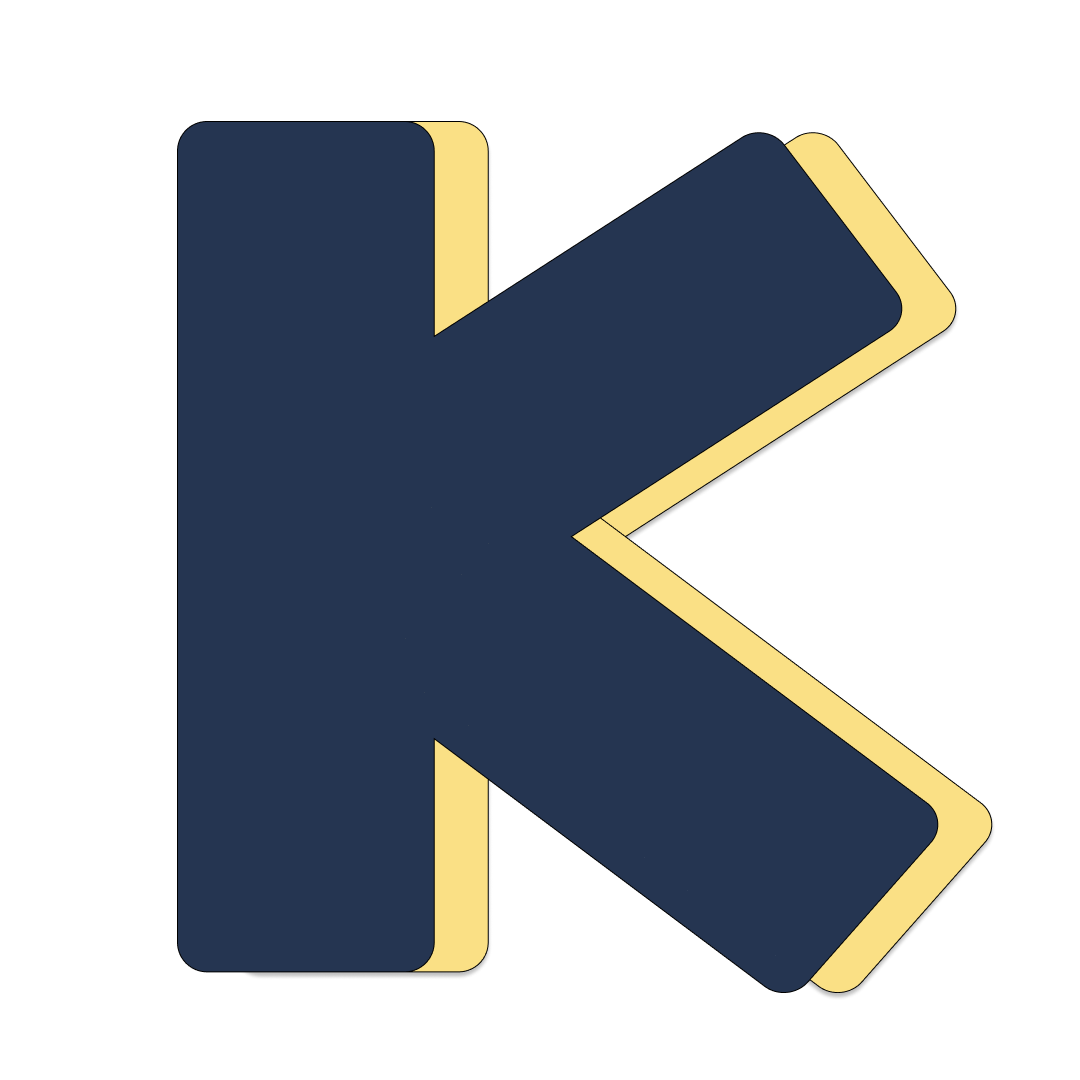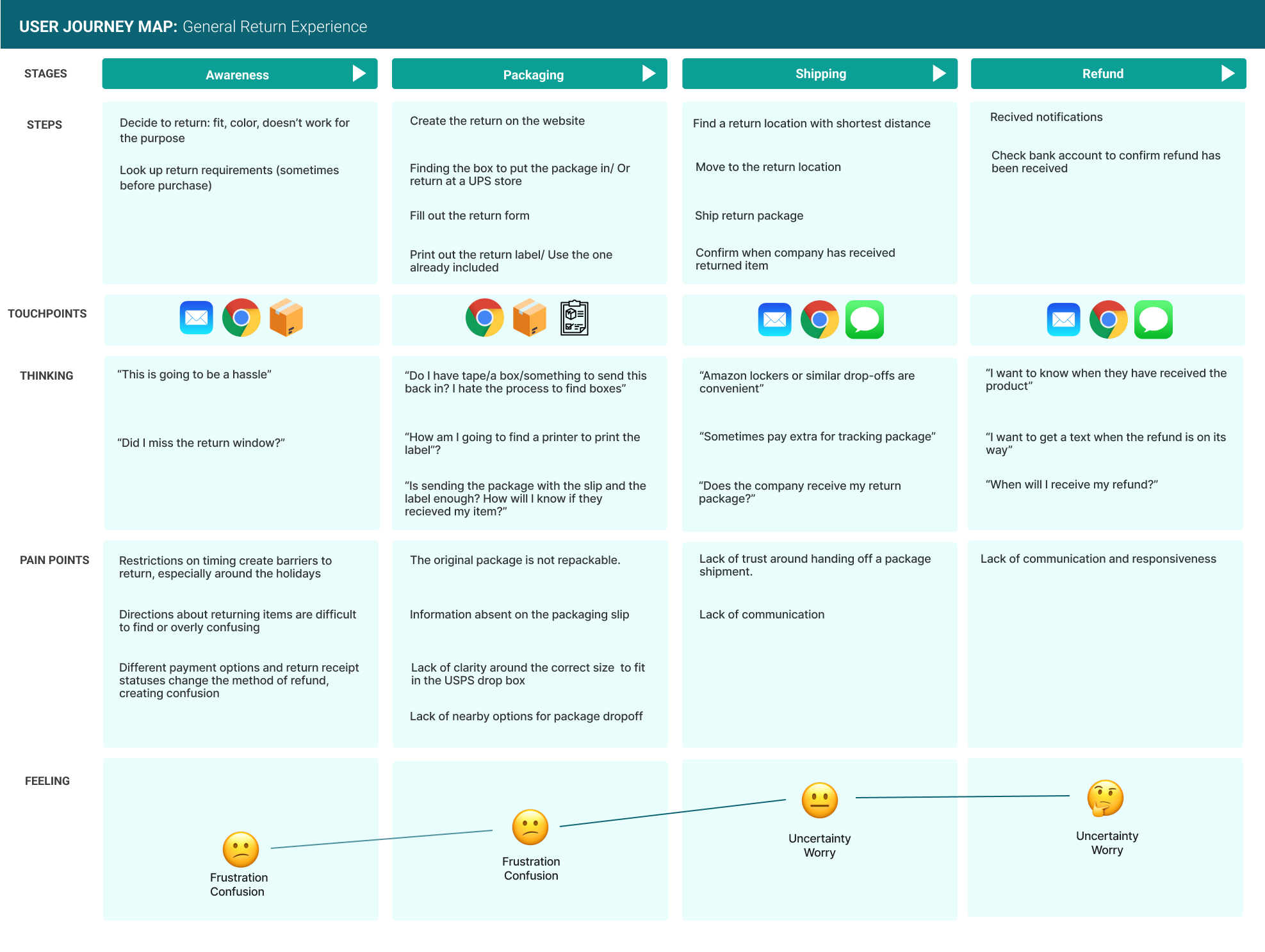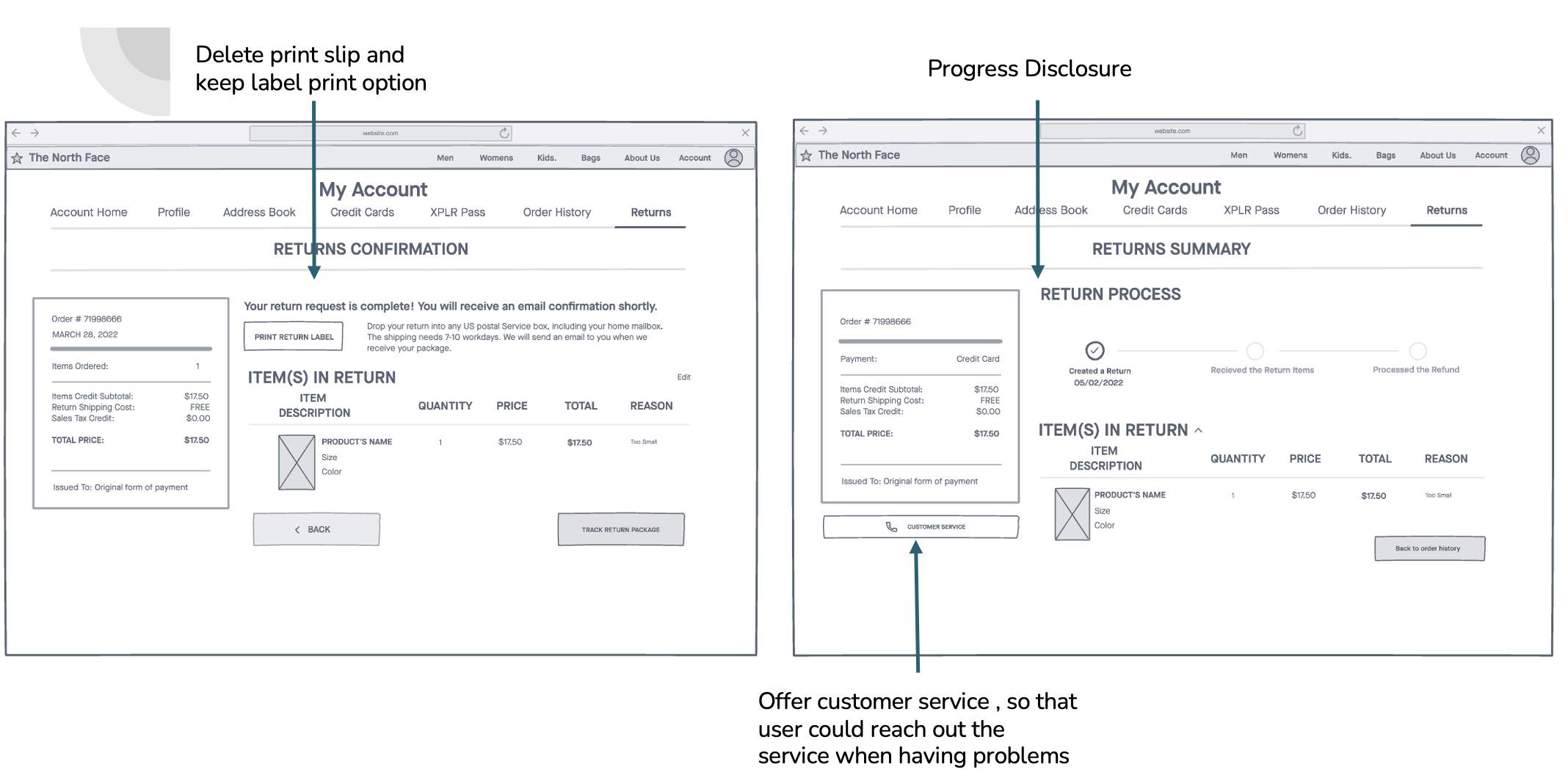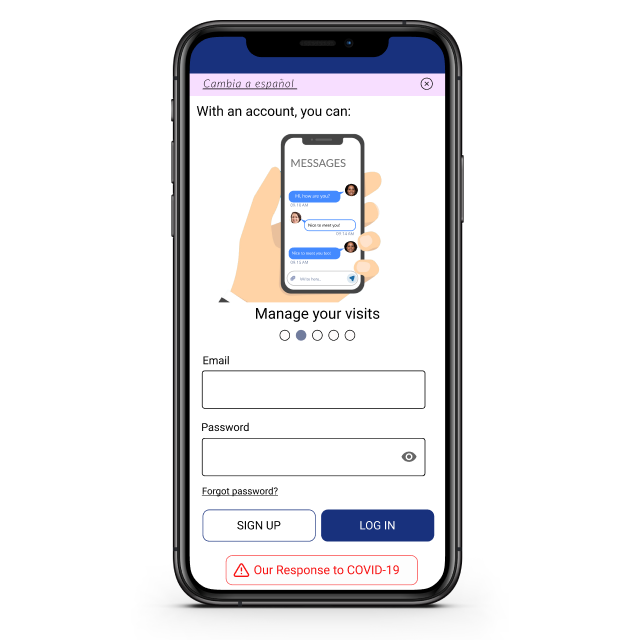The Return Experience Research of The North Face
The North Face identified that 25% of their customer service inquiries were related to return queries, leading to a project aimed at understanding obstacles and user expectations of the current return process. The study involved observation, interviews, and user journal mapping, conducted by four team members. Considering The North Face is a global brand, we not only focused on user experience in the United States but also included international return experience in this study. At the end, we proposed actionable strategies and modifications to the official website.
Project Time: Feb 2022- May 2022
My Role: UX researcher (Team of 4)
Methods used: Competition Research, Observation, Individual Interview, User Journey Mapping
Challenges
As Shippo Return Report (2022) shows, the return experience has a large impact on how users make their shopping decisions. The North Face found that return queries accounted for 25% of their customer service calls, which caused an increase in workload for customer service staff, negative brand reputation, and a decline in purchases. It showed that customers weren't satisfied with the current return experience.
Goals
Gain an understanding of general user experience and to explore the potential pain points in the current return process.
Explore potential solutions by investigating domestic competitors and the common return experience in India and Taiwan.
Propose a handful of improvements to the current design.
My role
Our team was composed of four UX researchers, including myself. We worked with the VF Company, the parent company of The North Face. I was involved in each stage of the process, which included:
Observation
Interviews (3 out of 15)
Data analysis
Ideation
Wireframing
Process
Main Findings
User Journey Map
Phase 1: Awareness - The return policy affects customers' purchasing intention
Phase 2: Packaging - Packaging-Packing materials and status updates make customers concerned about returning their items
Phase 3: Shipping-Effective communication is essential in making customers feel secure
Phase 4: Refunds-A clear update and efficient processing can create a good experience
Competitive Analysis
Domestic brands with standout practices: Opportunity to build long-term customer relationships through positive, thoughtful returns
International Analysis:
Putting Opportunities Into Practice: Wireframe
Results and Takeaways
In this project, our aim was to identify the barriers in the current return process and to increase awareness of alternative return services by gathering as many references as possible. Through implementing various research methods, we successfully narrowed down our insights, reflecting pain points, users' concerns, obstacles in the current return process, potential opportunities for future improvement, domestic and global competitors' return processes, and solutions to improve the current return service pages.
Our sponsor shared our study with the manager of The North Face, who provided valuable feedback that led to many discussions and improvements to their return process. Although the return process involves many stakeholders, including those focused on the brand, warehousing, and shipping, we could only focus on the brand side in this project. If we had more time and resources, we would be curious to dive deeper into the collaboration relationship between all three stakeholders. We believe that digging into other stakeholders' needs and perspectives would yield more concrete solutions.















